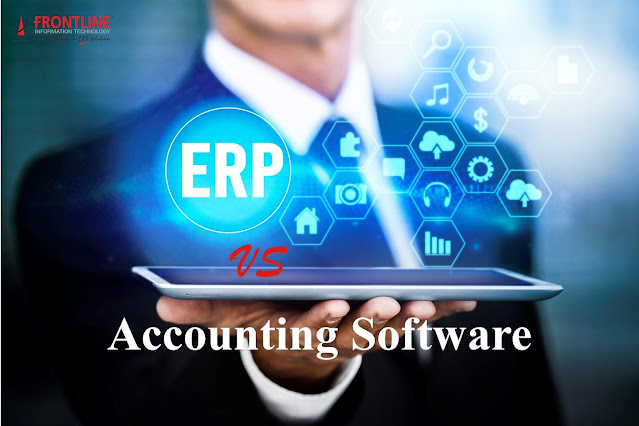Ten Factors to make sure the ERP Implementation Process is a success
Over the last several months,
many ERP software vendors have marketed their fixed-bid
implementation services as a way to help their customers manage their
enterprise software costs and risk. We have seen vendors offer fixed-cost
service contracts in their bids to be competitive in the marketplace. Even if
they don’t offer a fixed-bid solution, most vendors will offer implementation
services to augment their software licenses.
However, what do these vendor
implementation contracts really get you? That’s where it gets a little tricky.
First of all, it is helpful to understand
what is meant by “implementation.” Installing and configuring software is very
different than fully implementing ERP software in a way that is going to meet
your business needs. In order to manage their own costs and risk, software
vendors will typically include technical implementation basics in their scopes
of work but often exclude other key activities that will result in problems if
not addressed.
Below
are ten key gaps we watch for when helping clients negotiate their ERP software
vendor implementation contracts:
1.
Project management. Software
vendors and VARs will typically provide a technical lead or project manager,
but it is the client’s responsibility to manage the overall project. Activities
such as budget and scope management, risk mitigation, and vendor oversight are
not generally handled by the vendor.
2.
Functional scope. Most
fixed-bid contracts are very clear about what is and, more importantly, what is
not in scope. It is important to have a clear understanding of which of your
business requirements are going to be addressed in their scope as opposed to
modules that have been excluded from scope. In addition, vendors often include
a clause that states the customer will not make changes to a pre-configured
solution, which may limit your flexibility to change the software as needed.
3.
Business process and workflow definition. Software
vendors will generally configure and, if necessary, customize the software as
required. However, it is up to the customer to define the business processes
and workflows so the vendor’s technical resources can configure and customize
the software accordingly. Although not included in a vendor’s scope, this can
be a complex and time-consuming internal process if not managed appropriately.
4.
Customization. Most
fixed-bid contracts assume that the customer will use the software 100% as-is.
Customization is generally not included in scope and will result in additional
costs.
5.
Data migration. It
is typically the customer’s responsibility to clean up data, define the mapping
from the old to the new system, and then migrate the data. We find this to be
an area where clients create delays by delaying data migration until late in
the project.
6.
Training. Vendor contracts generally call for
the vendor to train the customer’s trainers using their boilerplate training
materials. It is the customer’s responsibility to tailor training to meet the
company’s specific needs, workflows, and roles and responsibilities. It is also
usually the customer’s responsibility to train end-users and employees on the
new system.
7.
Organizational change management and
communications. This area is omitted from vendor contracts an
overwhelming majority of the time. In order for an ERP
implementation to be successful, key organizational change activities such
as departmental process change discussions, process gap analysis,
organizational and job design, and security/profile definition all need to be
addressed.
8.
Forms and reports. The
vendor will generally provide a wide array of forms and reports that can be
used out-of-the-box. However, it is up to the customer to define which of them
will be used and modify them if needed to meet their business intelligence
needs.
9.
Internal controls. Vendors
generally do not address any required internal controls that may be unique to
your business. Although some ERP solutions protectively build regulatory
controls into their software, it is up to your internal audit team to ensure
that the software will address internal controls as designed.
10. ERP
benefits realization. Go-live is not the finish line for a
successful ERP implementation. It is often the adjustments and improvements
made after go-live that ultimately determine how beneficial the enterprise
software will be to your organization. Post go-live audits, process
improvements, refresher training, and configuration changes are important steps
to optimize your return on investment.
Although the above activities are critical
to ERP success, they are generally not included in an enterprise software
vendor’s implementation scope. This is not necessarily a bad thing. However, it
is important to factor these activities into your overall implementation
duration and budget to ensure that your ERP project is successful.




Comments
Post a Comment